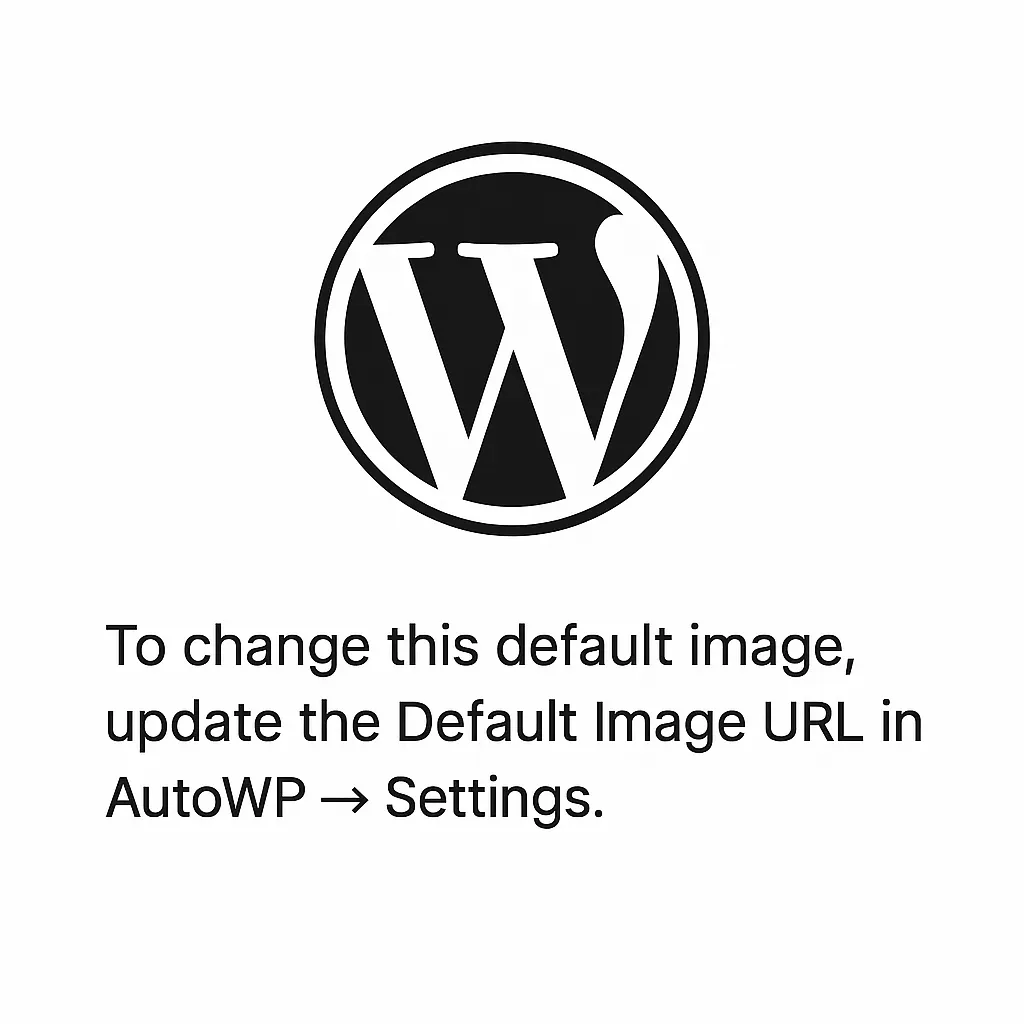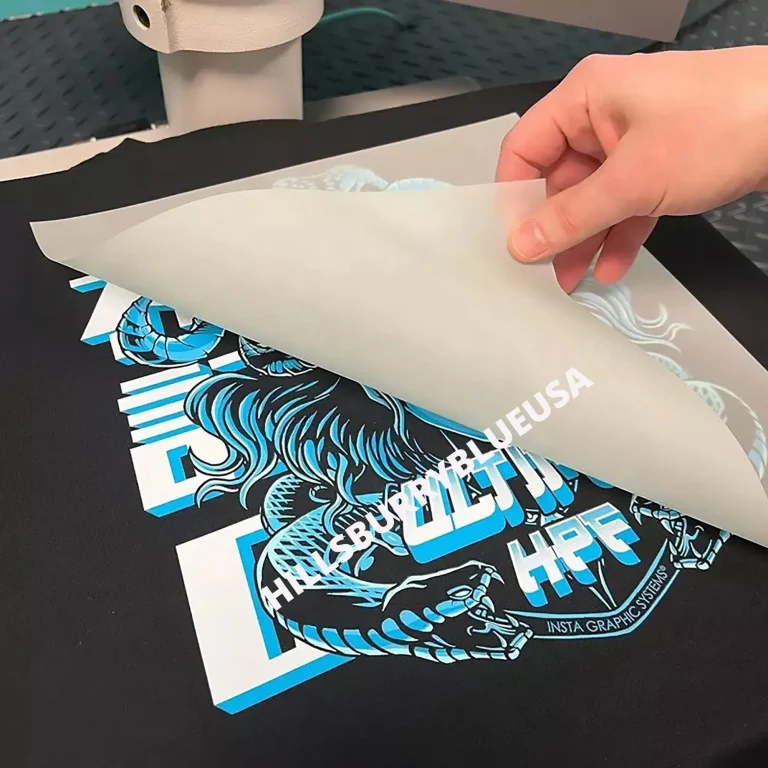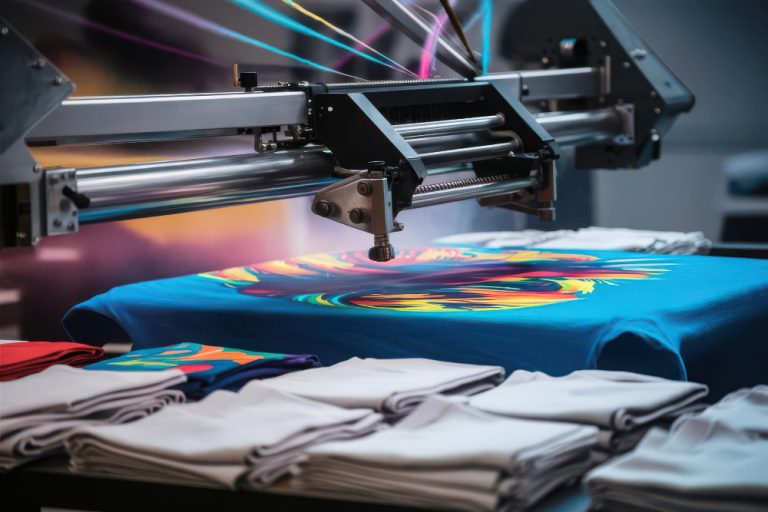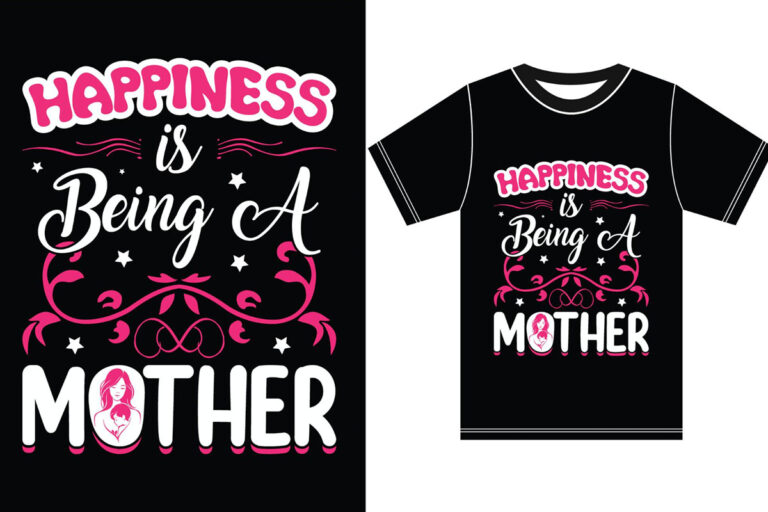DTF Transfers vs Screen Printing is a common debate for apparel brands, hobbyists, and print shops trying to decide which method fits their product goals, budgets, and timelines. Understanding DTF printing advantages helps clarify when to lean toward one method or blend both. This guide will outline the practical factors—run size, fabric type, design complexity, and how you plan to scale—that dictate the decision. By weighing the best use cases for DTF and screen printing and considering how different fabrics respond, brands can make a more informed choice. Whether you’re aiming for rapid customization or bulk consistency, a clear framework helps optimize quality and profitability.
From a terminology perspective, the conversation shifts to alternative terms that describe the same core idea, such as film-to-fabric transfers, on-demand textile printing, and traditional silkscreen-inspired methods. Using LSI-inspired terminology, readers will encounter digital transfer films, heat-press applications, pigment-based inks, and multi-color decoration as related concepts. This reframing helps align the topic with related searches around dye-based processes, garment decoration, and production workflows. Overall, this paragraph-style shift introduces the topic using synonymous language to improve comprehension and discoverability.
[DTF Transfers vs Screen Printing] Key Differences, Pros, and Cons
DTF transfers and screen printing operate on different workflows, which affects setup time, run size, and fabric compatibility. DTF transfers begin with printing a design onto a clear transfer film, then applying a powdered adhesive, curing, and finally pressing the image onto the garment. Screen printing, by contrast, uses a separate screen for each color and pushes ink directly through the stencil onto fabric. These process differences drive outcomes in color fidelity, texture, and production economics.
For short runs or customized orders, DTF can be faster to market because there’s no need to produce multiple screens. For large, identical runs, screen printing often delivers the lowest per-unit cost and the most durable finishes on cotton fabrics.
DTF printing advantages: Color fidelity, gradients, and soft hand feel
DTF printing advantages include high color fidelity and the ability to reproduce gradients and fine lines that are challenging with traditional screens. This makes it easier to render complex artwork with smooth transitions, even on blended fabrics.
Additionally, the absence of screens reduces upfront setup time for small-batch or customized orders, which is a major advantage for on-demand apparel. The soft hand feel is another component of the DTF printing advantages, particularly on fabrics that benefit from flexibility and sweatshirt-like textures.
Direct-to-film transfers: Process steps, curing, and fabric compatibility
Direct-to-film transfers involve printing onto a transfer film, applying an adhesive powder, curing the film, and then pressing the print onto fabric with heat and pressure. This sequence supports vibrant color reproduction and a versatile range of fabric substrates.
Fabric compatibility is a key benefit: DTF works across cotton, polyester, blends, and even some dark fabrics with proper backing, making it a versatile option for multi-fabric lines and on-demand stores.
Best use cases for DTF and screen printing: Short runs, customization, and bulk orders
Best use cases for DTF and screen printing include projects that demand customization, complex artwork, and faster turnarounds for small batches. This makes DTF a strong option for on-demand drops and designs with gradients or fine text.
For bulk orders with simple color palettes and strong durability requirements on cotton or cotton blends, screen printing often yields lower per-unit costs and higher production speed.
DTF vs screen printing costs and durability: Turnkey comparison for budgets
DTF vs screen printing costs are driven by run length, setup, and ink quantities; in many cases, DTF is more economical for small-to-mid sized runs or customized items, while screen printing becomes cheaper as volumes grow. This makes total cost of ownership an important factor in budgeting.
Durability tests also factor in: screen-printed inks on cotton are known for wash longevity, while DTF performance depends on adhesive quality and curing; consider long-term wear when budgeting and planning quality control.
Screen printing vs DTF: How to design for the right method and a hybrid approach
Screen printing vs DTF comes up when planning design strategy: bold color blocks and simple palettes often suit screen printing, while detailed artwork and every-gradients benefit from DTF, especially for small runs or on-demand items.
To balance quality, cost, and speed at scale, many brands pilot both methods on similar fabrics and then adopt a hybrid approach—DTF for customization and screen printing for bulk runs—to optimize for performance and profitability.
Frequently Asked Questions
DTF Transfers vs Screen Printing: what are the key differences for small runs and on-demand orders?
DTF transfers offer fast setup with no screens, making them ideal for small runs and on-demand orders. DTF printing advantages include high color fidelity, detailed gradients, and broad fabric compatibility with a soft hand feel when cured properly. In contrast, screen printing shines for larger runs and delivers very durable inks on cotton.
DTF vs Screen Printing costs: how do they scale with run length?
For small to mid-size runs, DTF vs Screen Printing costs often favor DTF thanks to minimal setup and easy customization. For large, identical runs, screen printing becomes more cost-effective as per-unit costs drop with screens and automation. The best approach is to model break-even points based on run length, design complexity, and margins.
Direct-to-film transfers vs screen printing: which is better for complex gradients or fine detail?
Direct-to-film transfers (DTF) excel at complex gradients and fine detail due to high-resolution digital printing and no need for multiple screens. Screen printing can reproduce detailed artwork but adds steps and risks misregistration with many colors. If speed and customization are key, DTF has advantages; for bulk, solid-color work, screen printing may win.
Best use cases for DTF and screen printing
Best use cases for DTF and screen printing include: DTF is ideal for short runs, on-demand personalization, intricate designs, and fabrics that aren’t ideal for traditional inks. Screen printing is best for large-volume orders, durable prints on cotton and blends, and designs with bold, opaque colors.
Durability and wash performance: how do DTF Transfers compare to Screen Printing on cotton and blends?
Screen printing on cotton generally offers strong durability and colorfastness across many wash cycles. DTF transfers can also be durable, but outcomes depend on adhesive chemistry and proper curing, so wash testing on each fabric blend is important to verify performance.
Turnaround time and scalability: DTF Transfers vs Screen Printing in production?
DTF transfers typically provide faster turnarounds for single-item customization since there’s no screen setup. Screen printing is highly scalable for large-volume production with high-speed automation, delivering fast unit output once fully configured. A hybrid approach can maximize speed and quality across different product lines.
| Aspect | DTF Transfers | Screen Printing |
|---|---|---|
| Definition | DTF transfers involve printing on a clear transfer film, applying an adhesive, curing the film, and pressing it onto fabric with heat and pressure. | Screen printing uses a separate screen per color to push ink onto fabric, producing durable, long-lasting prints. |
| Pros | Color fidelity with gradients; soft hand-feel; wide fabric compatibility; easy customization for on-demand orders. | Durability and color opacity; cost efficiency at scale; vibrant inks; fast production for high volumes; wide range of inks/finishes. |
| Cons | Higher per-unit cost at very large scales; durability on heavy-wear fabrics may vary; curing/adhesion considerations; hand-feel variability. | Setup-heavy upfront; not ideal for very small runs; risk of misregistration; color restrictions with complex gradients. |
| Best Use Cases | Customization, intricate designs, short runs and on-demand prints on diverse fabrics. | Large-volume orders with identical designs; durability requirements; simple color palettes on cotton. |
| Cost Considerations | Per-unit cost favors small-to-mid runs; equipment like printers and films; faster for single-item customization. | Cost-effective for long runs; upfront setup (screens, inks, exposure); lower per-unit costs in bulk. |
| Decision Framework | If customization and speed matter for small runs, choose DTF; for thousands of identical items, screen printing. | For bulk orders prioritizing durability and cost per unit, choose screen printing; for versatility across fabrics and rapid changes, choose DTF. |
Summary
DTF Transfers vs Screen Printing is a practical choice for brands evaluating how to balance customization, cost, durability, and speed. For small runs and on-demand designs, DTF offers color fidelity, flexible fabric compatibility, and quick setup, making it easy to swap designs between orders. For high-volume, durable prints on cotton and similar substrates, screen printing provides lower per-unit costs and proven longevity. Many brands find a hybrid approach works best: use DTF for limited runs, detailed artwork, and rapid iterations, while reserving screen printing for bulk orders that demand maximum durability and efficiency. Start with pilot runs on target fabrics, assess wash durability, and gather customer feedback to inform the long-term print strategy.





